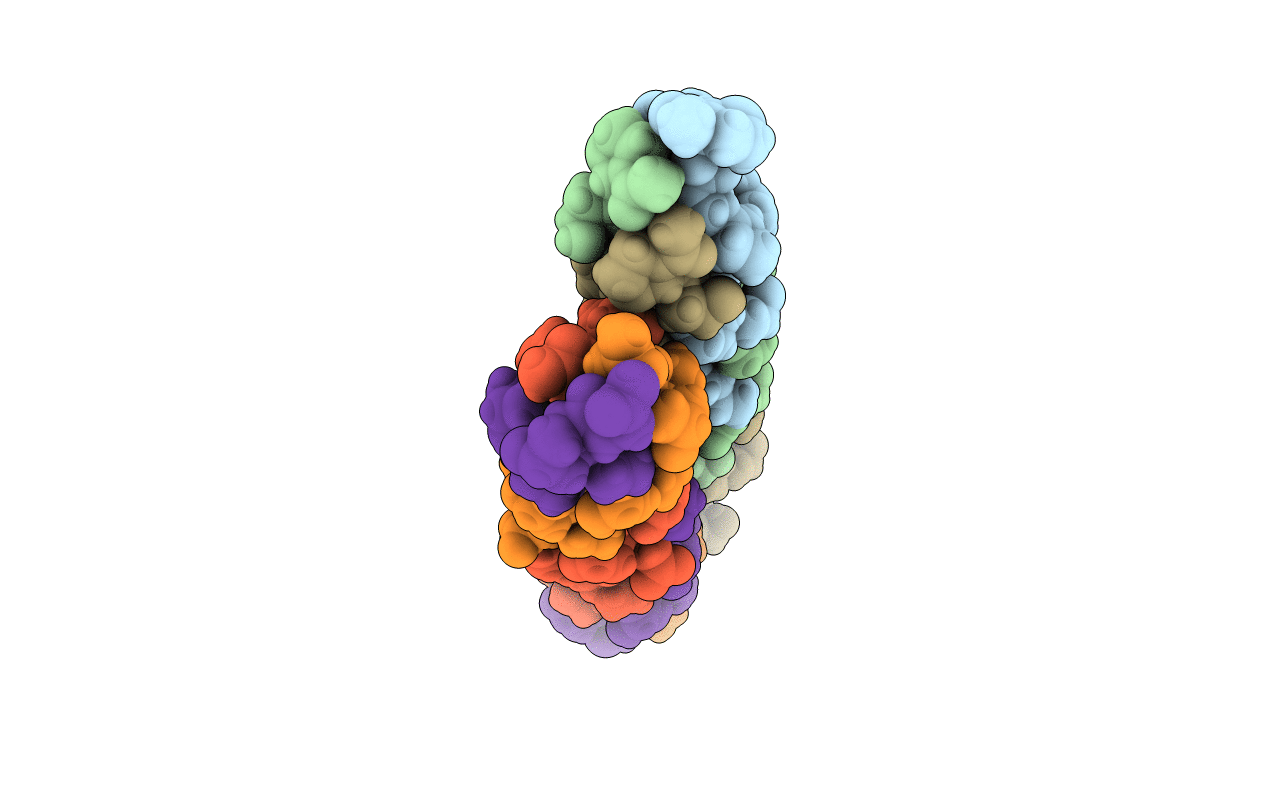
Deposition Date
2011-10-02
Release Date
2011-12-28
Last Version Date
2023-09-13
Entry Detail
PDB ID:
3U29
Keywords:
Title:
Crystal Structure of a KGD Collagen Mimetic Peptide at 2.0 A
Biological Source:
Source Organism:
synthetic construct (Taxon ID: 32630)
Method Details:
Experimental Method:
Resolution:
2.00 Å
R-Value Free:
0.19
R-Value Work:
0.12
R-Value Observed:
0.12
Space Group:
P 1


